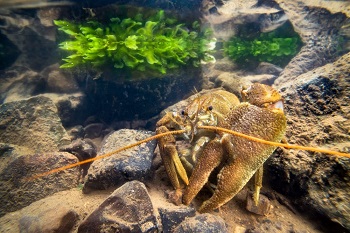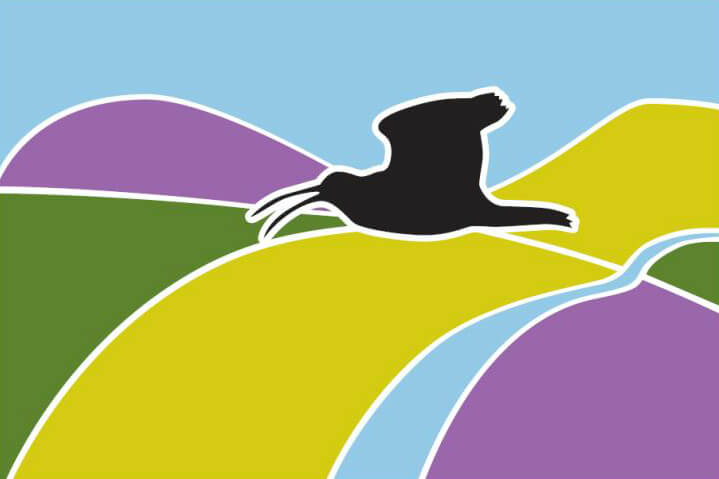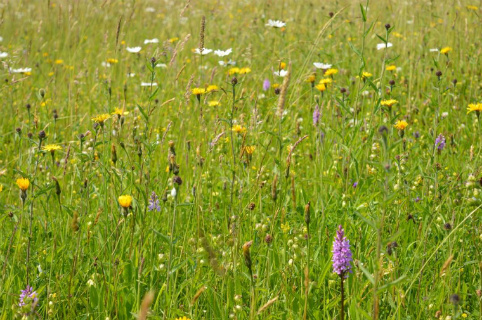This is an archived website, available until June 2027. We hope it will inspire people to continue to care for and protect the South West Peak area and other landscapes. Although the South West Peak Landscape Partnership ended in June 2022, the area is within the Peak District National Park. Enquiries can be made to customer.service@peakdistrict.gov.uk
The 5-year South West Peak Landscape Partnership, 2017-2022, was funded by the National Lottery Heritage Fund.
Win a 2022 Calendar in National Lottery Open Week, March 19 to 27
17 March 2022
We have ten beautiful South West Peak 2022 calendars up for grabs in National Lottery Open Week, from March 19 to 27.
It’s an exclusive, limited edition calendar which we produced in collaboration with award winning wildlife photographer Alex Hyde.
It has been sustainably printed and features 12 unique specially commissioned photographs, many using Alex’s trademark macro-photography to get right up close to the action.
The colourful photographs showcase some of the amazing projects that National Lottery funding has helped to make happen in this spectacular part of the Peak District.
To be in with a chance of winning one, all you have to do is tell us which endangered crayfish species we have been helping. The crayfish is featured in the calendar.
Visit www.southwestpeak.co.uk to find the answer in the Crayfish in Crisis project.
Email your answer, together with a scan or photo of your National Lottery ticket or scratchcard, to swp@peakdistrict.gov.uk by 27 March, to be in with a chance of winning a calendar.
Here’s what photographer Alex Hyde had to say about the capturing the crayfish image from behind the lens:
“I have seen many wondrous and inspiring sites whilst working on this South West Peak calendar, from delicate pink Ballerina Waxcap fungi and ancient hay meadows bursting with colour, to volunteers working together to preserve our precious heritage. But here is a little insight into how I captured the crayfish image.
“I was keen to photograph an underwater scene of a native crayfish, showing this striking creature that so few of us ever get to see in its habitat. I kept my camera dry by placing it in a small aquarium, the plan being to manoeuvre it near to an obliging crayfish. The setup certainly gave a good view onto the underwater world but proved very cumbersome, rarely sitting level in the water and frequently fogging up. Eventually everything came together next to a particularly impressive individual whose left claw was the largest I had ever seen in this species. It is likely it regrew its smaller right claw following an injury. This species is protected in the UK so was photographed under licence. Crucial work to expand local populations and introduce them to new sites is playing a vital role in saving this species.”




